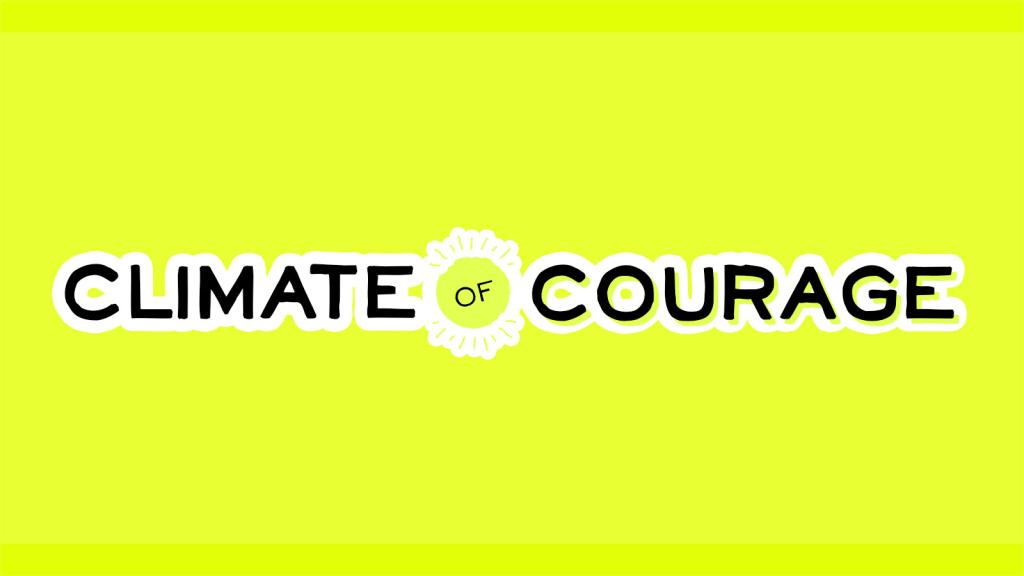This time of the year is always dark. The sun is low on the horizon. The days are short. It’s easy to feel lost and alone.
Our current moment feels even darker. We have a climate denier in the White House. The government is mostly shut down. The economy is possibly crashing.
So yes, these gloomy winter days parallel the place we sit now mostly ignoring the greatest challenge we’ve ever faced as a species. It’s scary to look out in the early days of a year full of potential unknowns and see precious few other voices calling for the change we need. We are on the brink of catastrophe, and yet there is still so, so much possibility ahead of us for a better world.
A new year brings us renewed knowledge of the fact that our situation can change. Climate science brings us the courage to know that the world must change, and soon.
I was deeply inspired by a recent solstice reflection from NASA climate scientist Kate Marvel. She led her readers in a thought experiment: Imagine if the reverse of our situation were true. What if we had the political will to make radical changes — but we had no idea what was causing our planet to overheat and countless species to vanish? The result would be much worse — sheer terror — a world spiraling out of control, beyond our ability to affect.
We can be unyieldingly thankful that this is not our world, that we know the work that must be done. Marvel summed up this sense of relief nicely: “This is the alternate reality. This is the timeline we hoped for: the one in which we have a chance, no matter how small, to make things better.”
In these dark days, we can have quiet confidence that each of us have the power to make the world a better place, starting immediately. Many different futures still exist. Science shows us what is possible; it’s up to us to choose the path forward from here.



